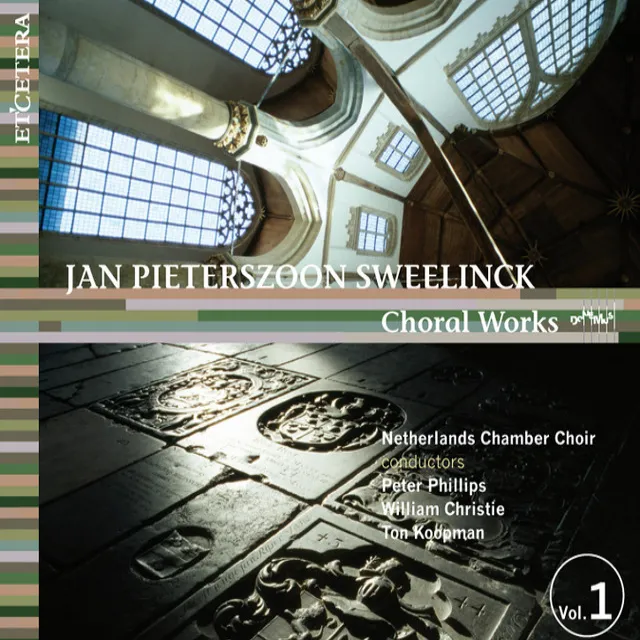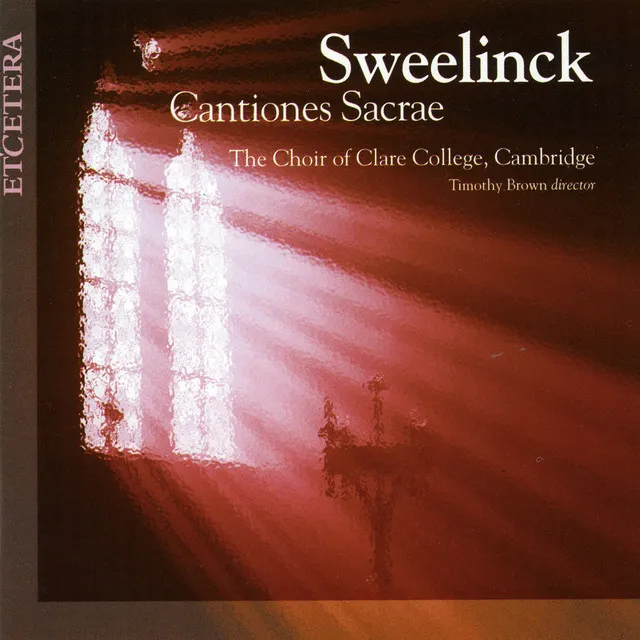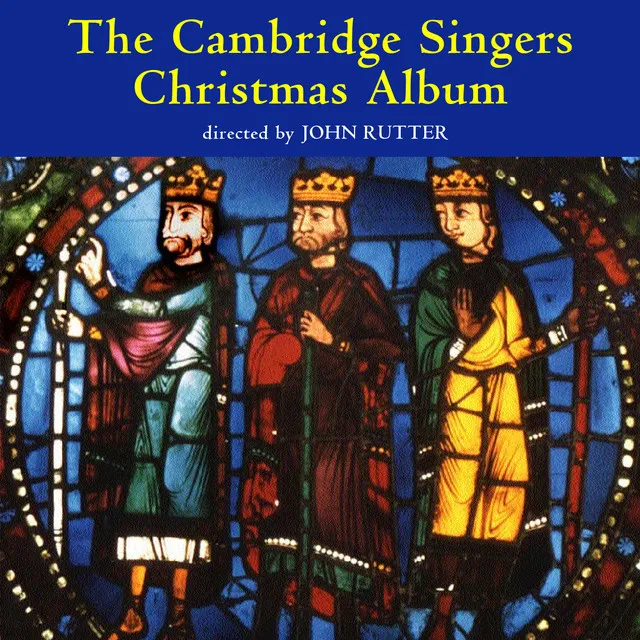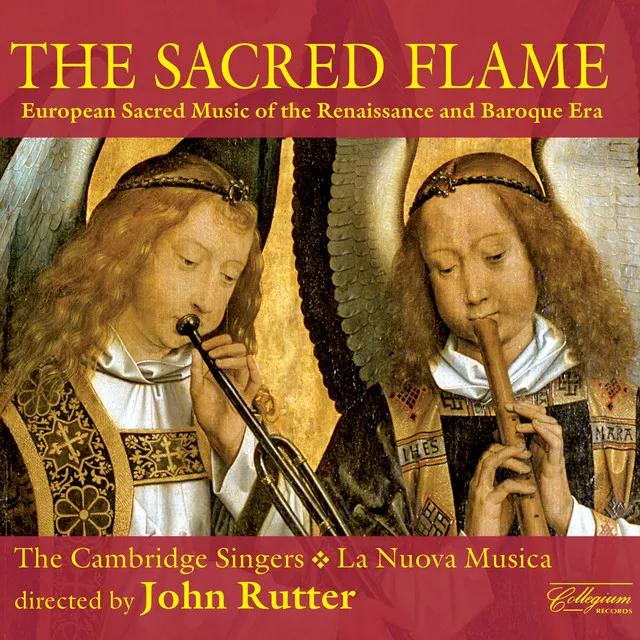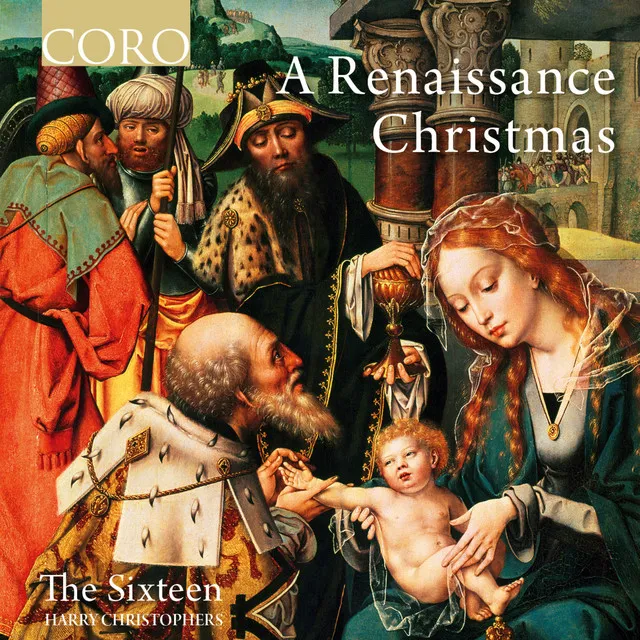Jan Pieterszoon Sweelinck was perhaps the most important composer from the Netherlands in the late Renaissance and early Baroque eras. He is best known for his vocal compositions, typically written for five voices and possible instrumental accompaniment, and for his keyboard works, which included toccatas, chorale variations, and various fantasias. He was also one of the leading teachers in Europe during his time, numbering among his students his son Dirck Sweelinck, Hasse, Scheidt, Praetorius, plus many other notables and founders of the seventeenth century north German organ style that culminated in the music of Bach.
Sweelinck's father was the organist Peter Swybbertszoon and his mother Elske Sweeling. As a child Jan likely had his first music instruction from his father, who served as organist at Amsterdam's Oude Kerk (Old Church) from 1564 until his death in 1574. Young Sweelinck may also have studied with organist Cornelis Boskoop, who succeeded his father at the Oude Kerk for a brief tenure. For some reason Sweelinck changed his name to a variant of his mother's surname, possibly shortly after his father's death.
In any event, his keyboard talents blossomed quickly and Sweelinck succeeded Boskoop at the Oude Kerk, probably in the late 1570s. His post at the church was less a religious one and more a civil appointment, since he actually worked for the city officials of Amsterdam, not the Calvinists who controlled the church services and forbade music performance during them. Sweelinck played the organ probably in the morning and evening during periods free of official church service. He would serve in the organist post for over 40 years and be succeeded by his son, Dirck, whose tenure there was of similar length, ending upon his own death in 1652. Sweelinck's mother died in 1585, leaving the young composer to care for his younger brother and sister, which he ably did.
In 1590 Sweelinck married, and, already receiving a substantial salary, forsook an automatic increase allowed for in his contract upon marriage in favor of an alternate perquisite, that of rent-free living quarters. His wife would give birth to six children, five of whom would survive their father. By the time of his marriage, Sweelinck had already established himself as one of the finest teachers in Europe and had significant income from that activity, as well. In 1594, his first publication appeared, that of a collection of 18 chansons -- works, undoubtedly, that date back to the previous decade. Additional publications came in 1597 and 1604, both collections of psalm settings. While his keyboard works rank in importance with his vocal music, none of it was published during his lifetime.
Another important vocal effort appeared in 1619, the Cantiones sacrae, comprised of 37 motets using Catholic liturgical texts. Because of the composition of this collection and other supporting evidence (his son would be reprimanded for inviting "papists" to a Christmas celebration in 1645), it is believed that Sweelinck and his family were Catholics.
Unlike most composers and artists, Sweelinck led a rather uneventful life, and comparatively little is known of him. He traveled outside Amsterdam only a few times, typically involving matters associated with his post at the Oude Kerk. He did return to Deventer in 1595 and 1616 for brief visits, and traveled to Antwerp (1604), Harderwijk (1608) and Rotterdam (1610). It is almost certain that Sweelinck became a close friend of British composer John Bull (1562-1628), who left England in 1613 to live in Belgium, from where he made trips to the Netherlands.
